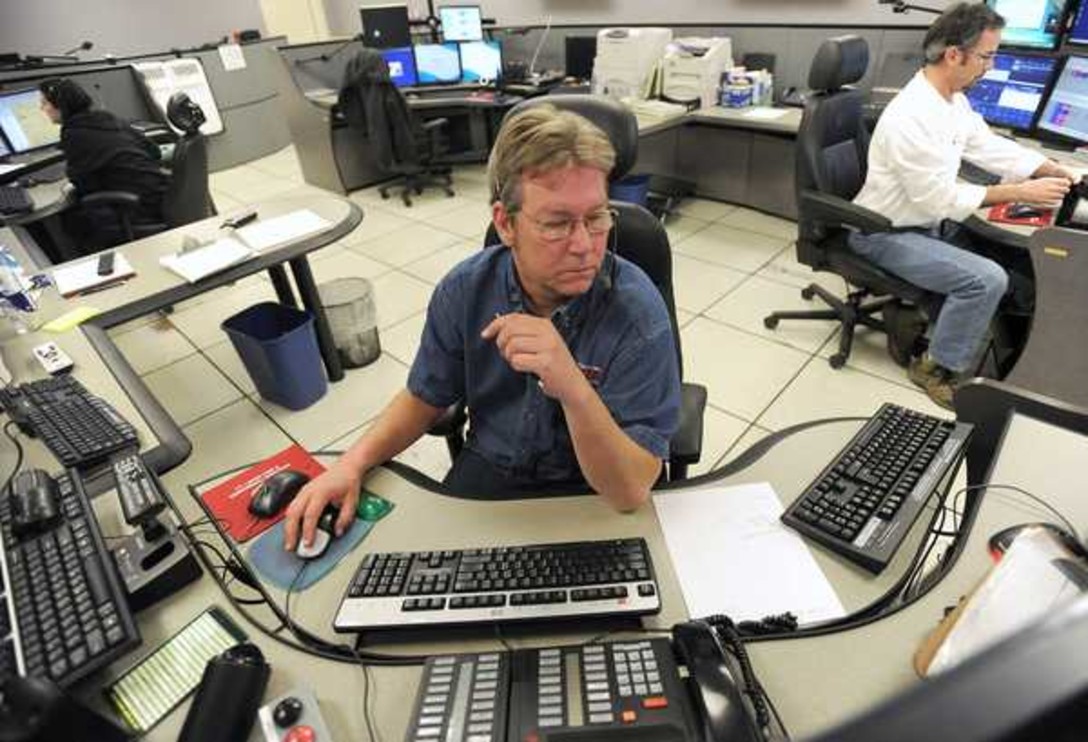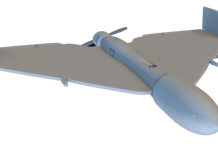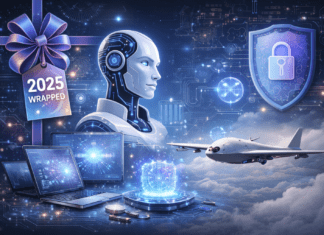This post is also available in:
 עברית (Hebrew)
עברית (Hebrew)
A new Internet of Things (IoT)-enabled platform redefines public safety. The safe-spaces technology integrates with a building safety platform to facilitate critical, real-time information sharing during a crisis.
Two Houston schools will pilot the ActiveShield technology created by BeSafe. The system leverages the power of Insight’s Safe Spaces, part of a suite of customizable, end-to-end smart spaces solutions.
Safe Spaces addresses communication challenges during emergency events where public safety is threatened, running safety mechanisms like sound sensors and color-coded LED lighting through an IoT-enabled response system. The real-time information sharing clearly conveys the nature of an incident to first responders and people in the vicinity of the impacted area, as reported by azbigmedia.com.
BeSafe, a provider of emergency response communication technology between school administrators and first responders, is working with Microsoft and the city of Houston to install the platform in two schools. The company has already has equipped the schools with its core safety and security system, and the IoT-enabled ActiveShield will be implemented next. ActiveShield offers a cost-effective software-as-a-service solution for the broader market.
The emergency response system distributes enhanced digital floorplans, points of entry/exit, and emergency contact information to police, fire, SWAT and other emergency teams. This provides a comprehensive view for first responders who have limited knowledge of a given site to save precious time during decision making.
The IoT platform acts as the central hub for several functions: capturing data transmitted from sensor-based technology; panic buttons that a teacher or other school faculty can press to send an alert if they feel threatened; and color-coded smart lights that automatically illuminate to warn of an emergency based on proximity to the possible danger and help people identify safe zones.
Real-time communication is enabled to on-site security and emergency services, with different alerts or action plans based on the information being shared with the central system. The system enables direct lines of communication for people involved in the crisis via a navigation-based mobile app to provide updates and safety instructions in real time.


























